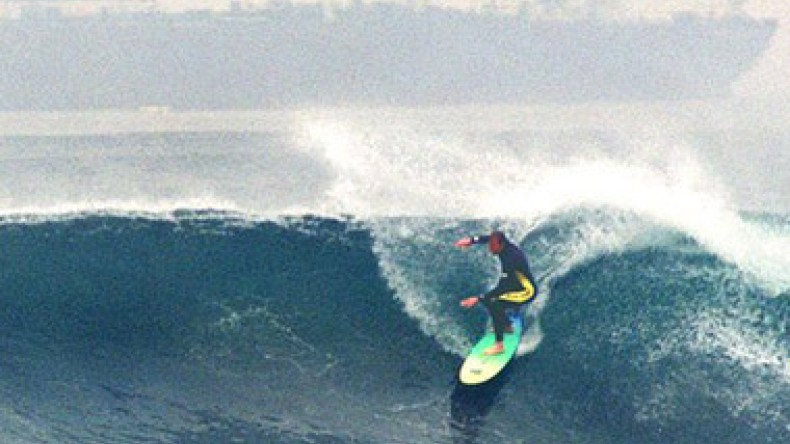
Global warming doubles risk of extreme weather, study finds
Extreme weather arising from a climate phenomenon in the Pacific Ocean will get much worse as the world warms, according to climate modeling, the BBC reports.
Parts of the world will have weather patterns that switch between extremes of wet and dry, say scientists.
The US will see more droughts while flooding will become more common in the western Pacific, research suggests.
The study, in Nature Climate Change, adds to a growing body of evidence over climate change and extreme weather.
The latest data - based on detailed climate modeling work - suggests extreme La Nina events in the Pacific Ocean will almost double with global warming, from one in 23 years to one in 13 years.
Most will follow extreme El Nino events, meaning frequent swings between opposite extremes from one year to the next.
Lead researcher Dr Wenju Cai from the Commonwealth Scientific and Industrial Research Organisation (CSIRO), Australia, said this would mean an increase in the occurrence of "devastating weather events with profound socio-economic consequences."
"El Nino and La Nina can be a major driver of extreme weather," he said. "We are going to see these extreme weather [events] become more frequent."
El Nino and La Nina are complex weather patterns arising from variations in ocean temperatures in the Equatorial Pacific. They can have large-scale impacts on global weather and climate.
La Niña is sometimes referred to as the cold phase and El Niño as the warm phase of this natural climate phenomenon.
Newsfeed
Videos






























